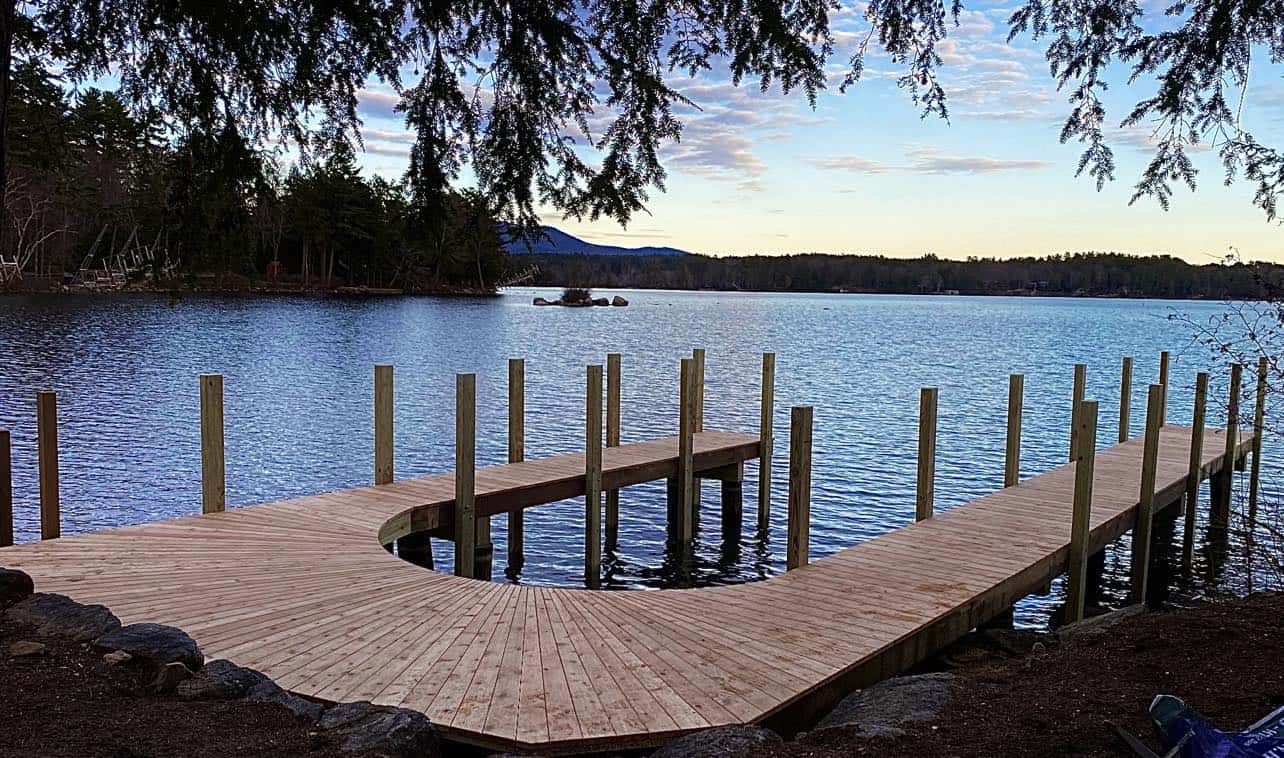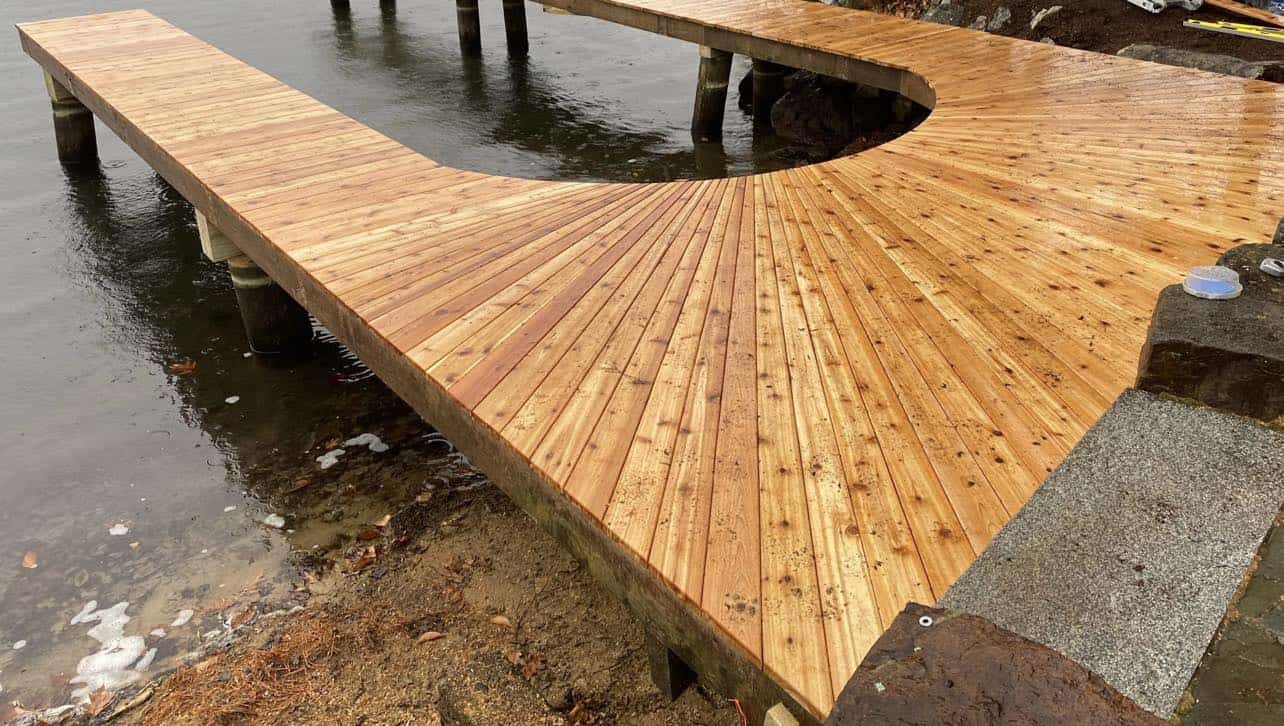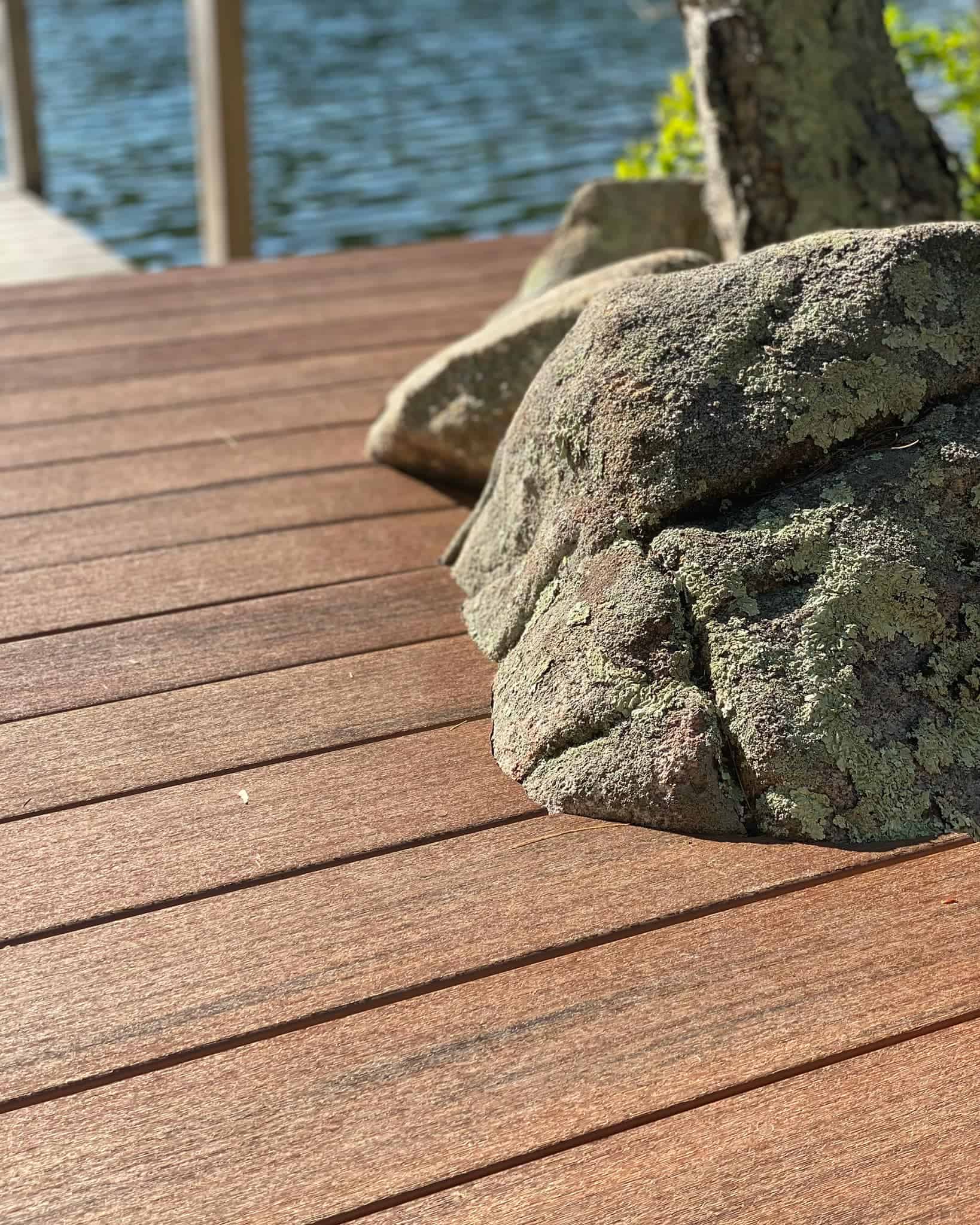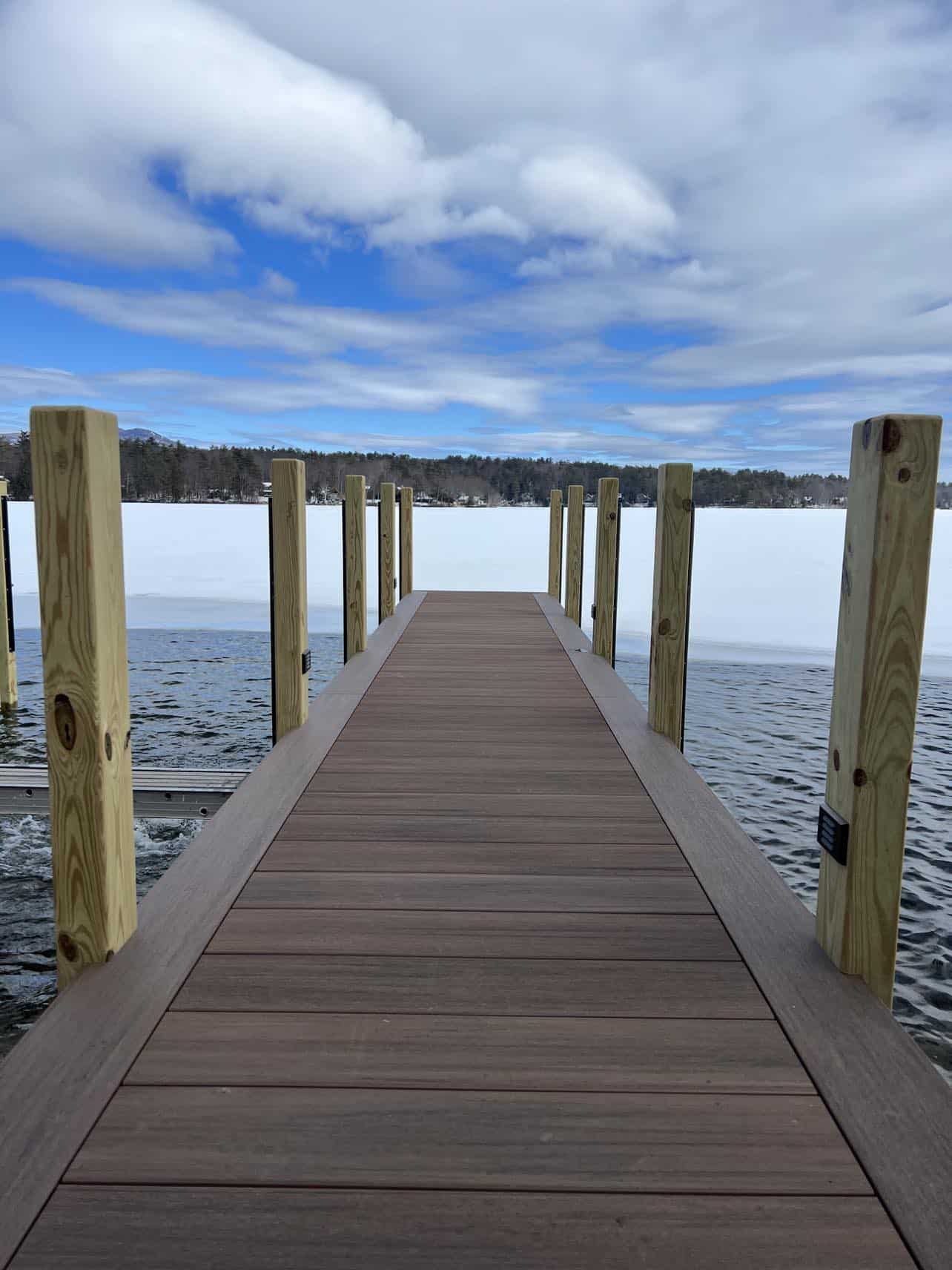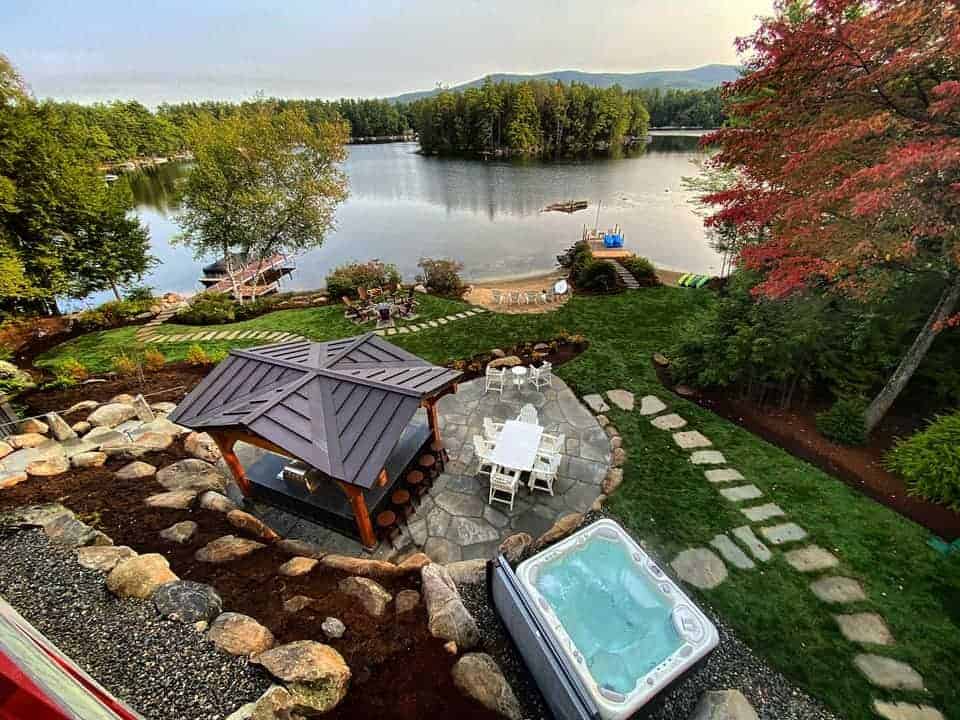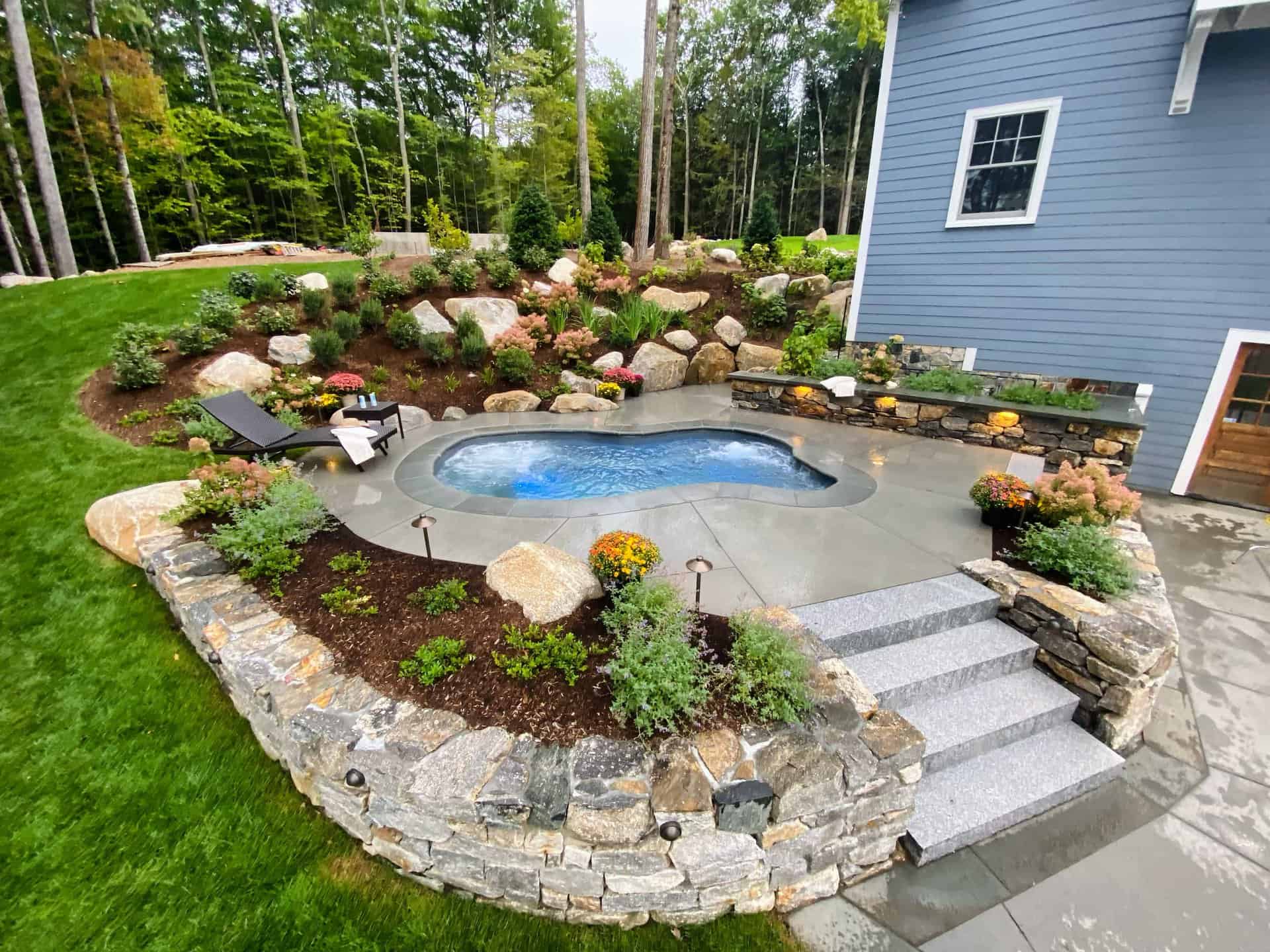Spas are one of our favorite features to incorporate into the landscapes we create at Stephens Landscaping Professionals. Not only do they add relaxation to your lakeside home, they can be a serene focal point that highlights the beauty of your outdoor space. Today, there are many different types of spas available, offering unique features and design styles.
Benefits of adding an outdoor spa to your lakeside landscape:
- Year-round Enjoyment: The Lakes Region experiences all four seasons, each with its own charm. A spa allows you to enjoy your outdoor space regardless of the weather.
- Scenic Views: Incorporating a spa into your landscape is one of the best ways to take in the beauty of the New Hampshire Lakes Region. Imagine soaking in your spa while admiring the changing foliage in the fall, or watching the snow fall on a winter day.
- Entertainment and Socialization: A spa provides a great way to entertain family and friends. Whether hosting a summer barbecue or a cozy winter gathering, the addition of a spa offers a luxurious and inviting space for guests to relax and enjoy each other’s company.
- Increased Property Value: A well-designed outdoor spa can enhance the overall appeal and value of your property. In the Lakes Region, where outdoor living is highly valued, a spa adds an attractive feature that can interest potential buyers should you decide to sell your home.
Top Outdoor Spa Designs
Below are some of the most popular spa styles that we install here in the New Hampshire Lakes Region.
Traditional Spa
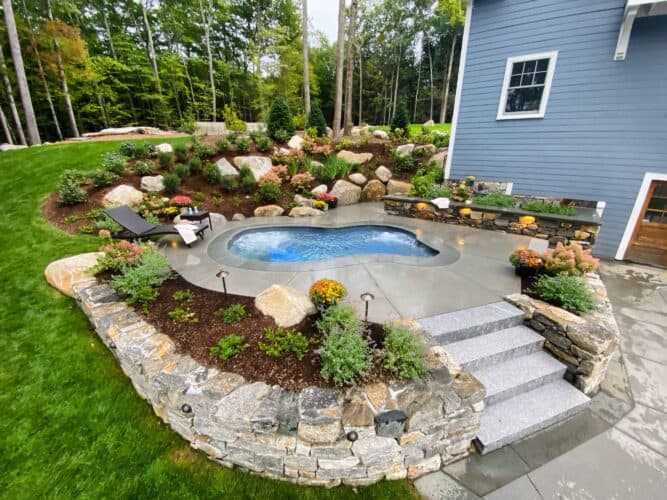
Traditional spas feature a free form design that combines maximal comfort and space with a timeless appearance. Traditional spas are perfect for adding luxury to virtually any landscape design.
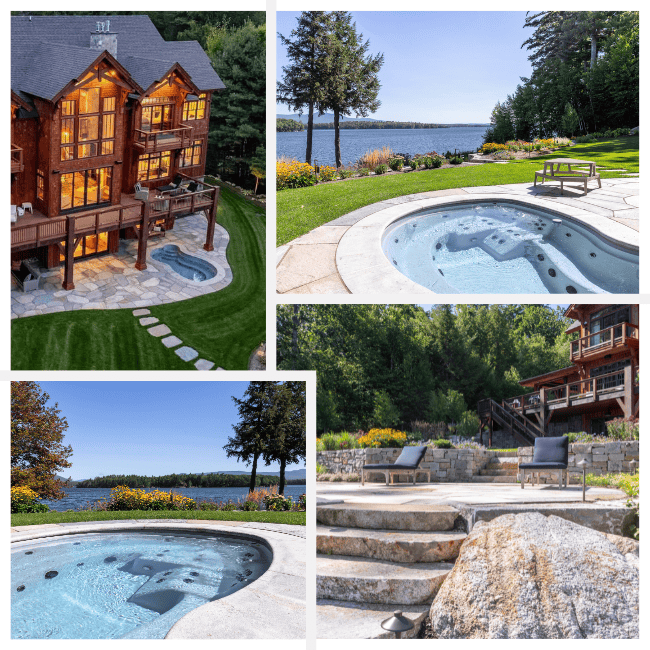
Modern Minimalist Spa
Characterized by clean lines, geometric shapes, and contemporary materials like concrete, glass, and stainless steel, modern spas offer a sleek and sophisticated appeal. They often integrate seamlessly with modern architectural styles.
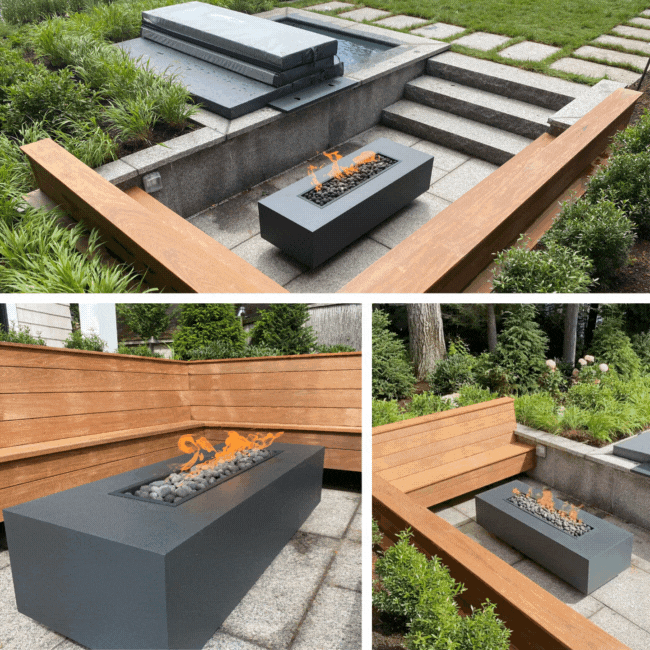
Naturalistic Spa
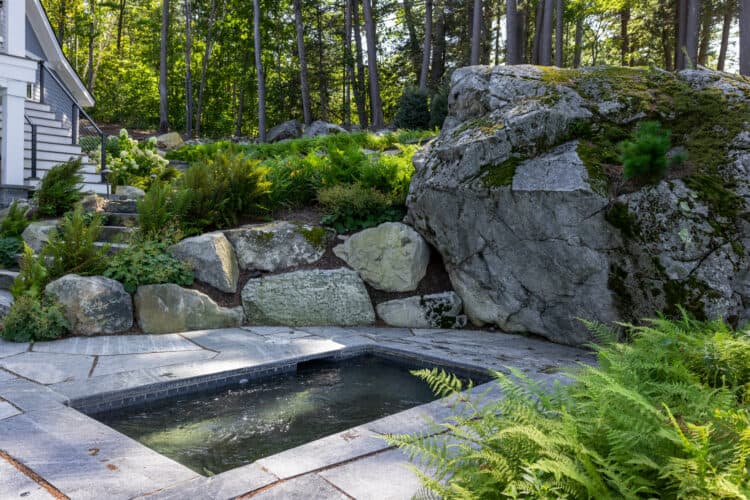
Mimicking the feel of natural hot springs, these spas often feature stone or rockwork, surrounded by lush landscaping. They blend seamlessly into the outdoor environment, creating a serene and organic ambiance.
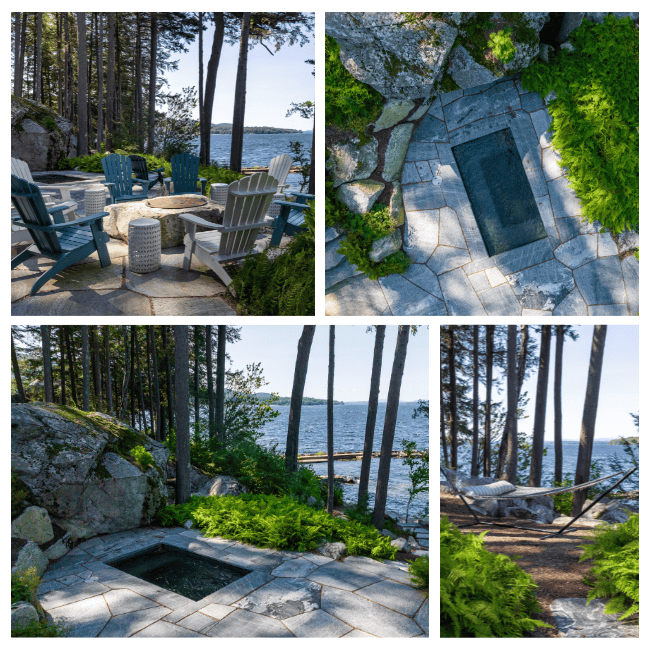
Interested in adding a spa to your landscape? The team at SLP is here to help you find the perfect spa design, customization options, and integration with the surrounding landscape. Contact us or give us a call at 603.707.0630 to discuss your outdoor spa ideas.


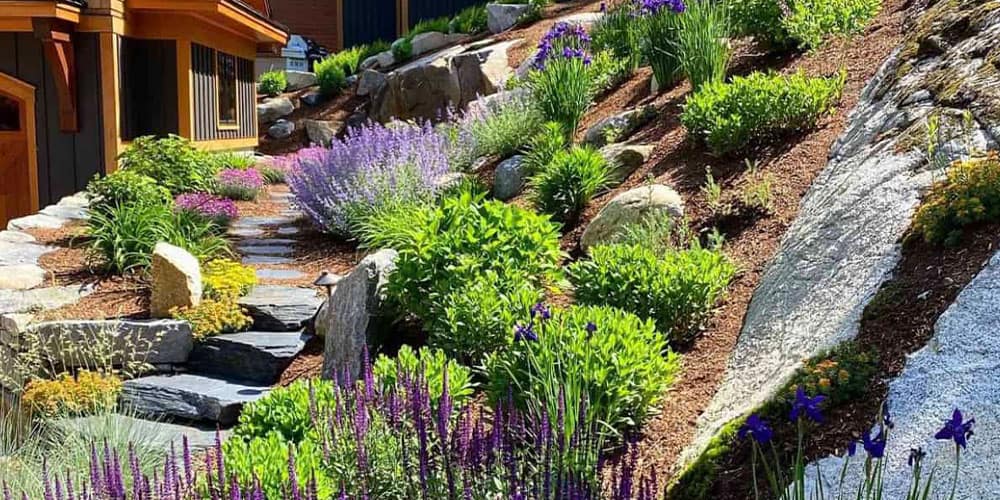 Adding Layers
Adding Layers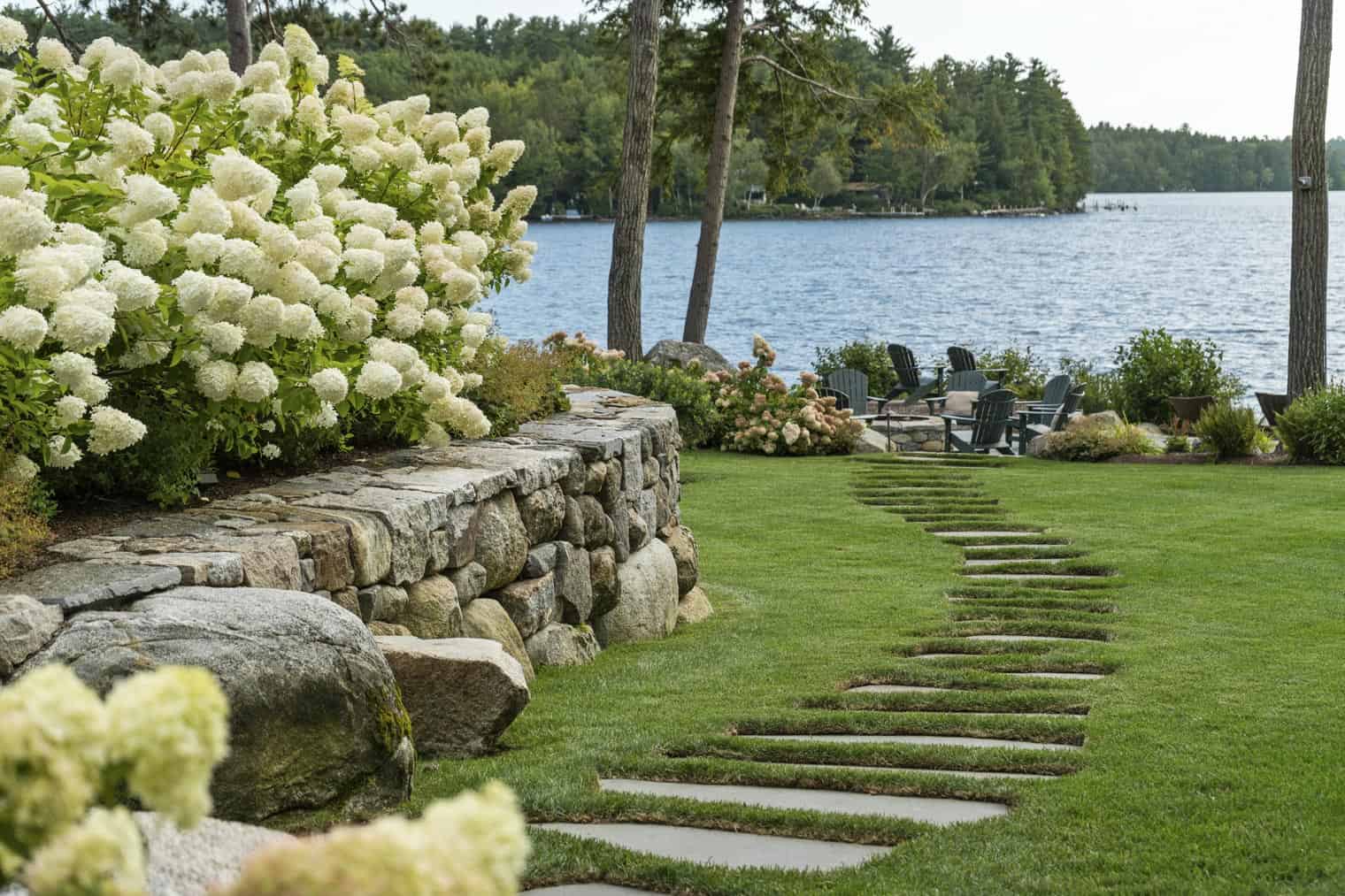 Useful, Functional Stonework
Useful, Functional Stonework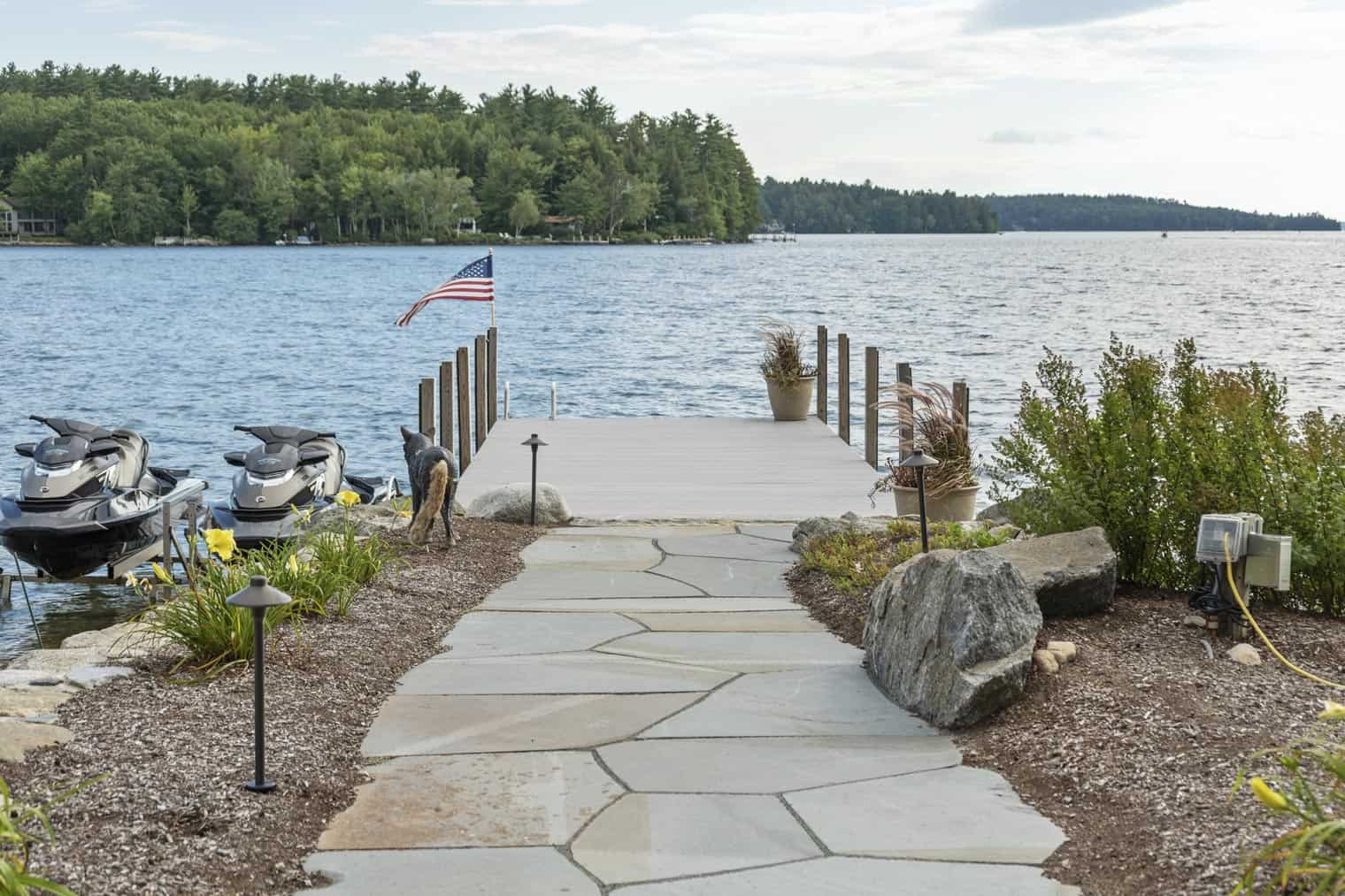 Adding a Bit More Interest
Adding a Bit More Interest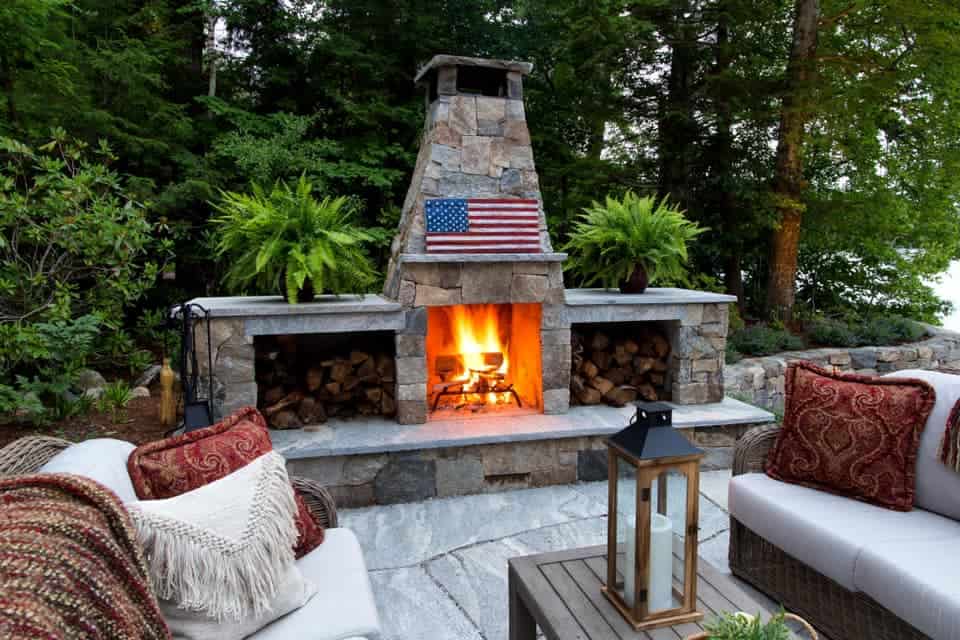 Extend your Living Space
Extend your Living Space